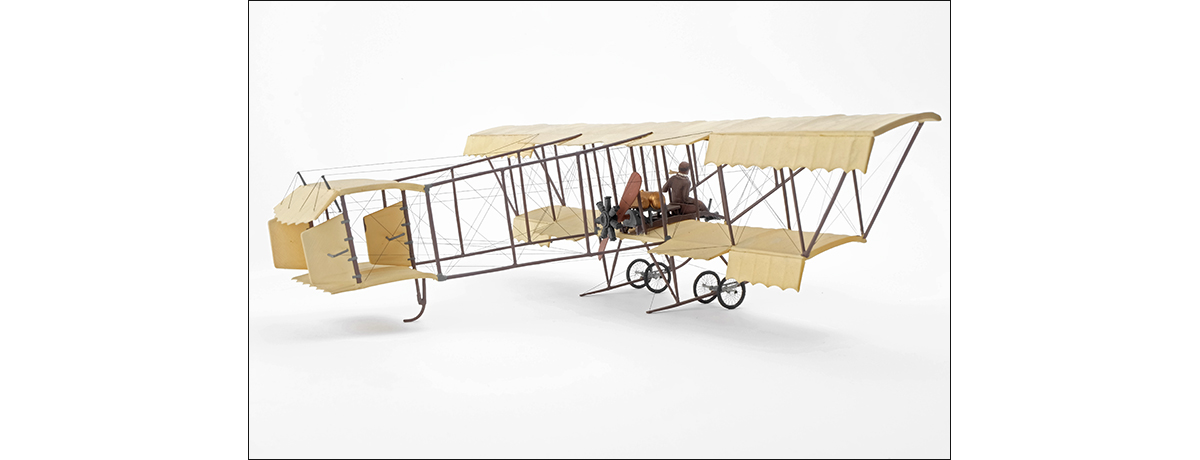

They are agents of evil, illness, and chaos, and they symbolize imperfection. The second sphere of this theophanic dualism is made up of the malefic beings, of wekufi-, who appear isolated, in odd numbers, and of indeterminate age and sex. Finally, they are associated with positive colors -blue (the most important) and white-yellow (denoting attenuation). Given that the tetradic division is also the ordering principle of the day, they have their most exact manifestations in epew ún ("dawn"), a superlative concretion of anti- ("clarity"), whose sign is positive, and in ki-ri-ni-f ("dusk"), the attenuation of p ún ("darkness"), whose sign is negative. Temporally, they are associated with clarity. Horizontally, some of them are ranked, with varying degrees of positivity, with the four regions of the world (the east, south, north, and west cardinal points). Cosmologically and vertically, they are found in the celestial sphere, or wen ú map ú, which is the summit of the positive aspect of the four vertical components of the universe. These deities are the agents of good, health, and prosperity, and their tetradic nature symbolizes perfection. The first is made up of beneficent deities, organized into a tetradic family based on a combination of sex and age (old man and old woman, young boy and young girl). The vast Mapuche pantheon is divided into two great antithetical and complementary spheres. The second is the tetradic division generated as a result of a first bipartition that brings two opposed couples face to face and a second bipartition of degree that defines in each couple a climax and its attenuation. The first structure -apparently the most widespread -is dualism, which orders and defines two polar elements according to their relationships of opposition and complementarity. I have therefore chosen to summarize them, making use of two cognitive structures common to them all, which will allow me to piece together the complex Mapuche belief system of religious practices and images and to outline their internal logic. To describe their mythico-religious beliefs even briefly, to characterize the numerous major deities, both regional and local, and to elucidate the symbolic content and meanings of each of the many rites of this people are tasks far beyond the scope of this work. Nonetheless, despite insistent missionary activity by Roman Catholics and Protestants (particularly fundamentalists), the foundation of their system of religious beliefs and practices remains practically intact in many regions. The structural changes undergone by the Mapuche in the past hundred years -a product of their adaptation to a new natural and social environment -have transformed Mapuche economy and, to a lesser degree, Mapuche society. Patrilineage or, in many cases, a subdivision thereof, as well as the residential family, increasingly constitute the minimal units of the settlement in economic, social, and religious terms.

Patrilineal descent, patrilocal residence, and matrilateral marriage are the most noteworthy traits of contemporary Mapuche society.

The basic economic activity among the Chilean Mapuche is agriculture the Argentinians rely on sheep and goat herding, as dictated by varying ecological settings. Most of the Mapuche live in small settlements in a pattern of scattered encampments. The Mapuche belong to the Araucana-chon linguistic family. The most optimistic calculations estimate that there are 500,000 Mapuche in Chile and fifty thousand in Argentina. In Argentina, they are found at similar latitudes in the northern Patagonian province of Neuqu én and, to a lesser extent, in the R ío Negro and Chubut provinces to the north there are scattered and isolated groups in the Pampas region. In Chile, they have settled between the Bio-Bio River to the north and the Channel of Chacao to the south, a territory that encompasses the provinces of Arauco, Bio-Bio, Malleco, Cautin, Valdivia, Osorno, and Llanquihue (approximately between 37 º and 41 º south latitude). The Mapuche currently live in Chile and Argentina.


 0 kommentar(er)
0 kommentar(er)
